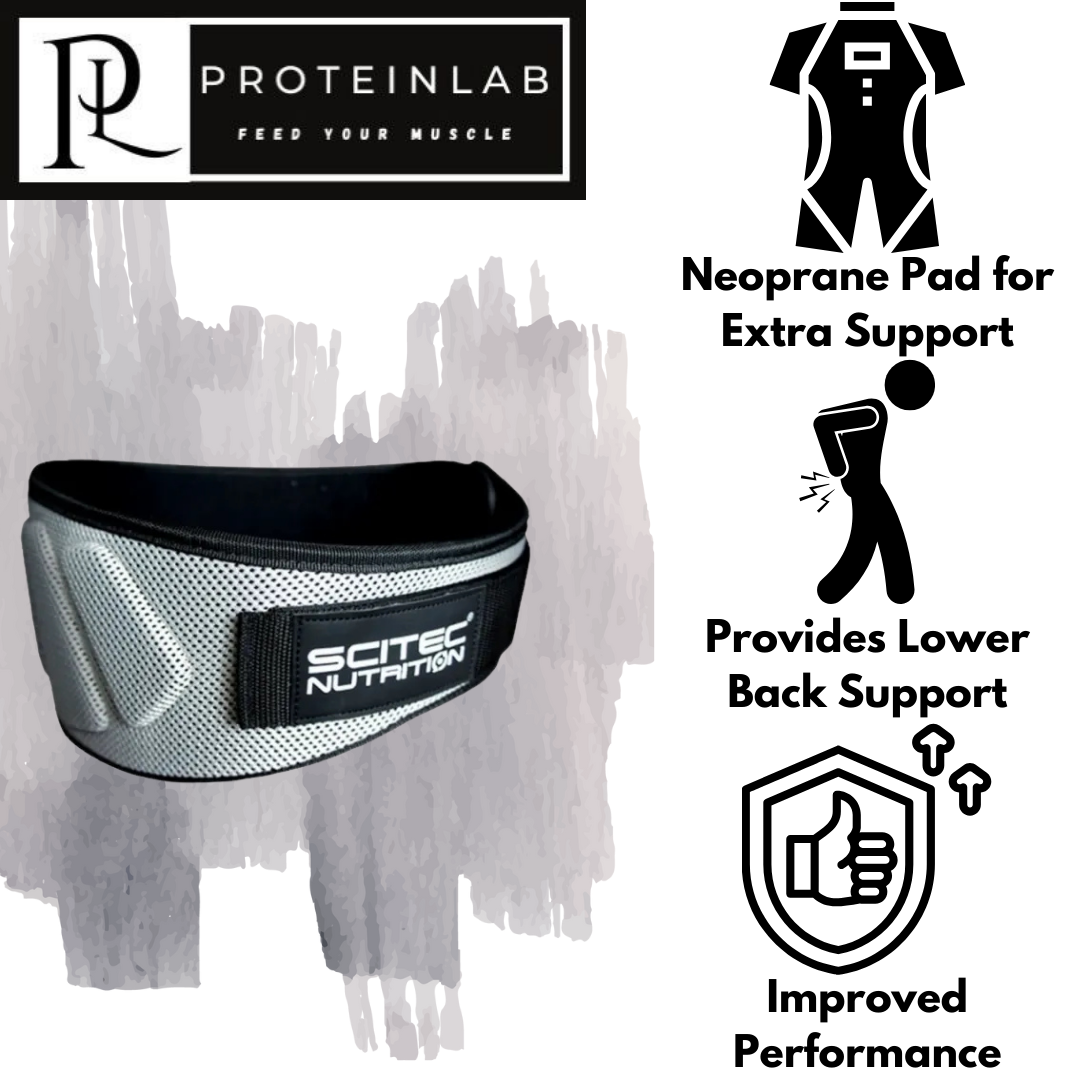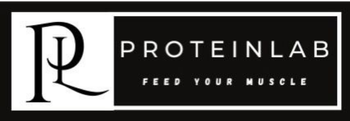Scitec Nutrition Extra Support Belt
ProteinLab sports supplement supplier/wholesaler Malaysia presents!
Scitec Nutrition Extra Support Belt!

Are you searching for the best weightlifting belt in Malaysia? Look no further than the Scitec Nutrition Extra Support Belt from ProteinLab Malaysia. This belt is crafted to boost your performance, safeguard your back, and enhance your biomechanics during those heavy lifts.
Why Scitec Nutrition Extra Support Belt?
Ultimate Back Protection: It helps prevent overloading and supports weakened backs during workouts or everyday activities.
Versatile Use: Perfect for bodybuilders, weightlifters, and even those who enjoy casual fitness.
Freedom of Movement: Offers stability while allowing your natural range of motion to remain unrestricted.
Product Specifications:
Materials: A robust blend of Polyester, Neoprene, Nylon, and Metal.
Design: A sleek Silver with Black finish that gives a professional appearance.
Closure: Features an adjustable buckle with a Velcro fastener for a secure and personalized fit.
Benefits of Using a Weightlifting Belt
1. Decrease Stress on Your Spine
Using a lifting belt can increase intra-abdominal pressure by up to 40% and reduce spinal compression by 50%, providing internal stabilization for your spine. This added protection lowers the risk of injury when lifting heavy weights.
2. Enhance Body Biomechanics
A weightlifting belt encourages proper lifting techniques by:
- Minimizing spine flexion and extension.
- Promoting the use of hips and knees during lifts such as squats and deadlifts.
3. Boost Strength and Muscle Growth
Studies show that you can lift an average of 10 pounds more with a belt.
It also increases muscle activity in the quadriceps and hamstrings, speeding up long-term muscle growth.
4. Improve Performance
Wearing a belt helps you maintain power throughout your sets, enhancing rep speed and consistency—ideal for maximum lifts or high-intensity training.

Be safe and rest assured you are getting 100% authentic products at the lowest price when you purchase from ProteinLab Malaysia.
You can also like our Facebook for more promotion news at :
Or you can also follow Instagram for more nutrition tips:


